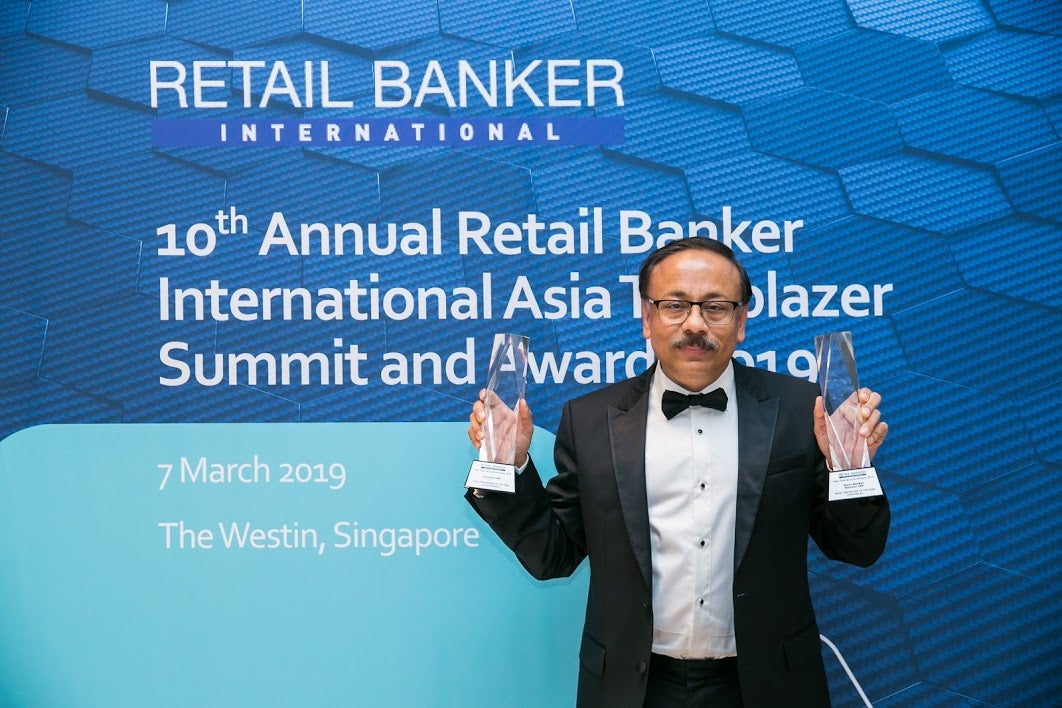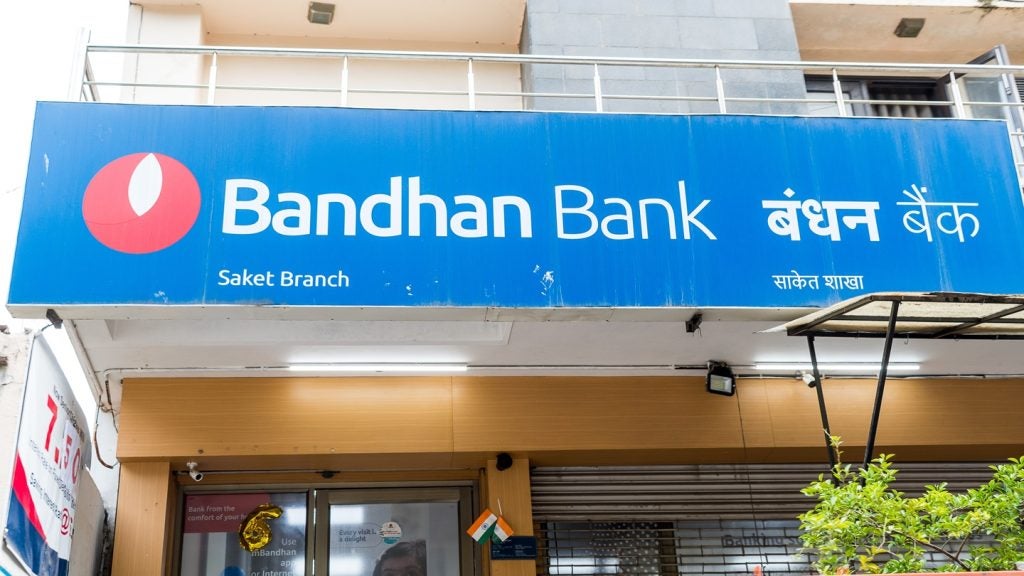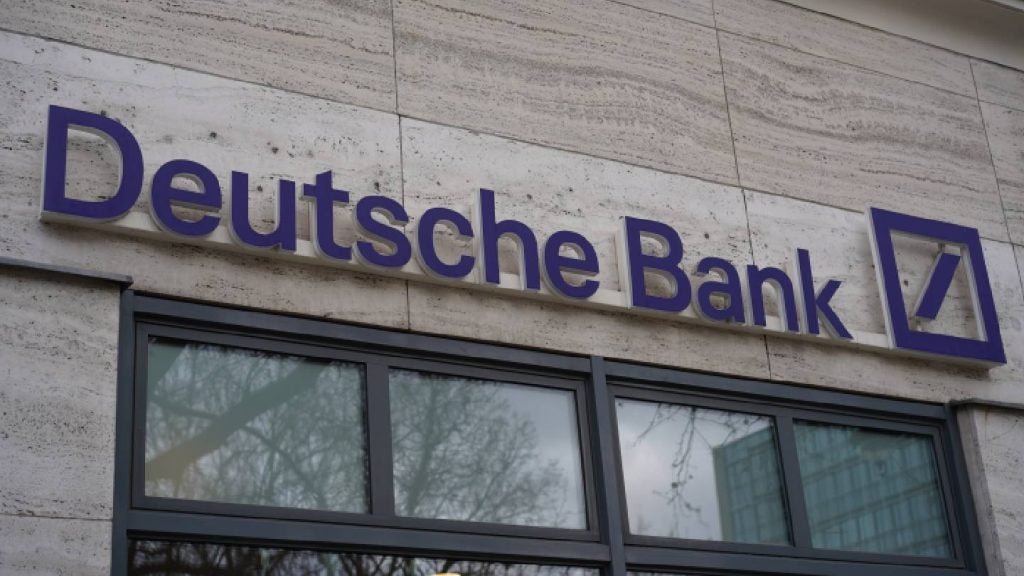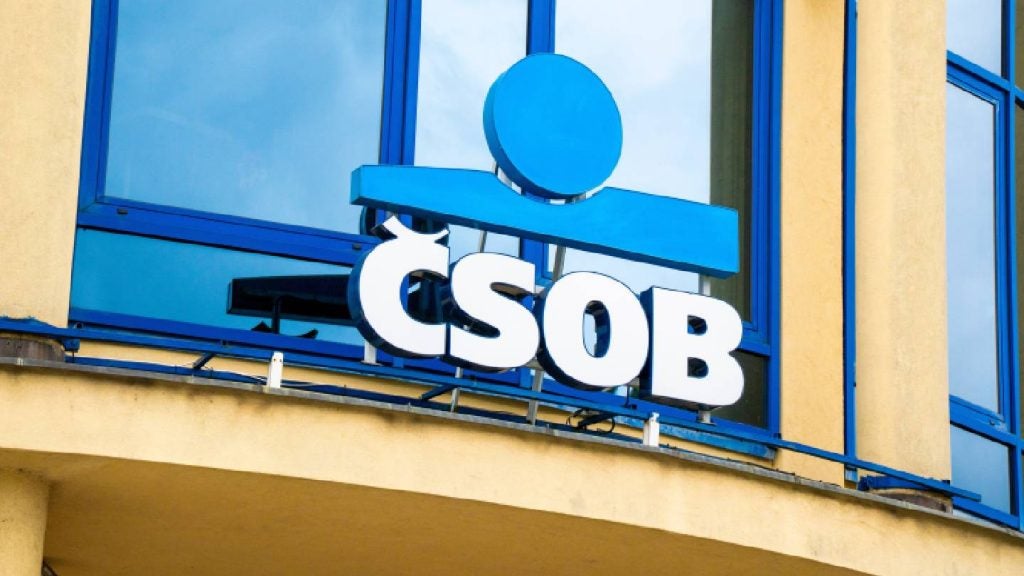
Emirates NBD today is a leader in digitisation and innovation in the Middle East region and beyond. As Suvo Sarkar tells Douglas Blakey, the bank’s digital transformation journey started over five years ago. Results to date include a number of world-class retail banking metrics
The pace of change is faster than we have ever seen in our careers, but as Suvo Sarkar, general manager – retail banking and wealth management at Emirates NBD, tells RBI: “If you ask today’s generation, they would say that banks are behind the curve in the digital world.”

Access deeper industry intelligence
Experience unmatched clarity with a single platform that combines unique data, AI, and human expertise.
Sarkar is one of the leading retail bankers of his generation, and a thoroughly deserved winner of RBI’s Asia Trailblazer of the Year individual award in March.
“Multiple forces – technological advancements, competition in new forms, evolving customer expectations and changing demographics – are all structurally impacting bank ROEs. Banks’ responses, as well as the evolution of competition, will determine how this will play out in future,” Sarkar predicts.
As he correctly identifies, end-user expectations are set by other industries, and those customer expectations now also apply to banks.
Traditional barriers to disruption are also diminishing. Examples that Sarkar flags up include account switching: there has been a dramatic decline in the cost and effort for customers to switch account.

US Tariffs are shifting - will you react or anticipate?
Don’t let policy changes catch you off guard. Stay proactive with real-time data and expert analysis.
By GlobalDataWhile banks enjoy a reputation for account security, start-up challengers are just as capable of dealing with security concerns – and with the latest IT investments, are nimble and able to respond quickly to security threats. On top of this, some of the most valuable data – in payments, for example – is moving away from banks to the likes of Square and Stripe.
Digital transformation
“One of the first things we did was to redesign end-to-end processes, taking a customer journey lens. This has helped us garner significant processing speeds and efficiencies,” Sarkar explains.
“DMS has been implemented across products, with around 65% automated approvals for cards and loans. While we have enhanced all our digital channels, particularly our self-serve channels, one of the most important things we are doing is to set digitisation key performance indicators across the breadth and depth of the organisation.”
He adds: “Apart from delivering clear business impact in terms of cost and efficiencies, our digital channels have played a key role in enhancing customer experience.”
Staying ahead of the curve in mobile banking is a particular priority for Sarkar. Emirates NBD’s mobile banking app has over 100 functionalities, charting facilities and transactional capabilities. It quickly became the highest-rated financial app on the app store in the UAE, and has increased mobile transactions over fourfold in the last four years. On top of that, the bank’s paperless tablet banking roadmap now covers all products, with 85% of all personal loans now paperless.
Sarkar stresses, however, that enhancing the digital channels and making them easy to use is not enough. “We need to pull multiple levers to actively drive adoption until we reach a virtuous adoption cycle,” he says. “Some customers take longer than others, and need to be nudged to use digital channels. Here it is important to offer a choice for people who are absolutely uncomfortable to migrate, but at the same time have clear incentives to use the digital channels.”
The bank’s digital active customers continue to grow by around 10% year on year, and its aspiration is to reach 65%, in line with global best practice.
AED1BN budget
The bank’s entire IT architecture was overhauled to make it suitable for agile development in a platform economy.
Emirates NBD embarked on a large-scale transformation programme, a key element of which was to transform its architecture, with a budget of AED1bn ($272m).
Sarkar says the bank is now halfway through the programme, adding: “As the architecture is overhauled, there is always a collateral damage to the pace of project implementation during the phase. A lesson we have learnt the hard way is to factor this impact in our project and business plans.”
Technology is creating the fourth industrial revolution says Sarkar. Robo-advisors today manage $1trn of assets under management for 46 million users; this is expected to reach $2.5trn by the end of 2023.
Over 300,000 chatbots are in existence on Facebook Messenger alone, with the global
chat market expected to reach a value of $2.1trn by 2024.
Around 30-50% of banking jobs are predicted by different banks to be replaced by AI and robotic process automation in the next five, years but on a lighter note, Sarkar mentions the five Arabic-speaking Pepper robots in its branches.
“They assist customers ably, and will not face headcount restrictions from the bank’s chief financial officer! It is critical that an organisation lives, breathes and sleeps digital. To this end, there are elements of the company’s culture as well as skills that need to transform.”
He adds: “We have ensured a mix of tenured and fresh people in our bank, and our commitment is evident with our recently formed digital office, with close to 50 people led by a chief digital officer. In the words of our CEO, Shayne Nelson, banks must digitise or face obsolescence.”
Robust ecosystem
The bank is partnering with The Hive at DIFC to mentor fintechs, and has partnered with Motive Labs to help engage with fintechs in a more focused manner. It is also working with the UAE government on digital identity initiatives and blockchain use cases, and is teaming up with a leading UAE telco on fraud control.
Emirates NBD’s innovation drive is also taking it beyond traditional banking. Examples include the launch of SkyShopper, a multi-category, single-checkout platform exclusively for Emirates NBD customers. This represents an e-commerce foray in a fast-growing market estimated to be worth $10bn by 2020 in the UAE.
The bank is also setting up the first private cloud platform in the Middle East; however, says Sarkar, one challenge is that this innovation might slow down its project implementation in the near term.
Says Sarkar: “We need to plan for this better as we continue to evolve our architecture. An area where we lag is digital sales. With our digital bank, we have achieved reasonable success, from which we are in the process of transferring best practices to the main bank.
“There are, however, many areas where we could do significantly better. I reckon this would be the story for most banks in their digital journey.”
Big successes to date include personalisation, with personalised offers to over 90% of bank customers visiting its website; but compared to Amazon, for example, Sarkar says the bank is “still far behind”.
The same holds for new technologies, and while Emirates NBD is making quick headway on AI, robotics, analytics and social media, Sarkar believes the bank is yet to realise their potential, and lags behind other industries.
‘LIVE IT, LOVE IT, BANK IT’
Millennials will constitute around 75% of the UAE population in 2030. They differ from earlier generations in terms of their outlook to life, their lifestyles themselves, and their transaction preferences.
The bank asked itself if it was truly ready to serve digital natives, and made a huge effort to understand who the typical millennial customers were. It tried to paint an hour-by-hour view of their lives, and designed elements that would enhance these experiences.
Given how different it found this market segment to be, Emirates NBD decided to set up an entity focused on millennials. The result is a bank by millennials for millennials.
Sarkar explains: “We wanted to build an entity that millennials would relate to, an entity with no physical presence, an entity that customers not just trust but also love. This entity had to be more than a bank; after all, as Bill Gates said, people want banking, not banks. We felt that there was no better way to build an entity for millennials than to have it run by millennials.”
Almost everyone at Liv, Emirates NBD’s lifestyle digital banking sub-brand, including head Jayash Patel, is a millennial.
“Simplicity has been a key design principle for us, in terms of our products, interfaces and communication; however, this does not mean we relax KYC and customer due diligence,” Sarkar continues. “We have painstakingly put in place a highly robust KYC.
“The ease of use is epitomised by our highly loved campaign on opening an account faster than eating a sandwich. We open accounts 24/7/ In fact, one in three customers open accounts between 8pm and 8am – something a traditional bank will find very difficult to replicate.”
The bank has also strived to deliver a personalised experience to millennials. This has helped to garner strong advocacy for Liv, with four out of five accounts opened being referral-based.
Other Liv highlights include:
- Over 20% of Liv customers regularly use its Social Pay feature to send or receive money, or split bills;
- Transaction categorisation is so heavily used that the bank receives over 3,000 requests every month from customers wanting to update categories to better reflect their spending;
- Goal accounts have been very well received, with 15% of customers setting them up;
- In terms of customer acquisition, Liv is the fastest-growing bank in the UAE with nearly 250,000 customers, over 86% of which are millennials and 90% new to Emirates NBD;
- The average customer logs in 14 times per month, the highest for a UAE banking app, and
- Its cost-income ratio is an impressively low 18%, one-half of the group ratio.
33% share target
Liv already has an 8% share of the total millennial population in the UAE within two years of its launch. The target is to reach one million customers, or a 33% overall market share, by 2021.
The entire communication approach is that of a ‘buddy’, and definitely not of a bank. This, along with the style of its marketing campaigns, has helped the strong levels of engagement.
“Another characteristic of millennials is that they spend a lot of leisure time on games. Our in-app games cater to this, as well as a value-seeking trait of millennials,” Sarkar notes.
“One of our most fulfilling moments was when a customer posted that she loved Liv, and received a number of responses from her contacts echoing her feeling.
“Snakes and Ladders, for example, is very popular with younger and older millennials, with more than 50% of our customers playing this game.
“As one would expect from a digital bank, our acquisition costs are also way lower than that of the bank as a whole.”
Sarkar continues: “One of the most important things to do is to develop a deep understanding of the customer, at a group level as well as at an individual level. Their stated and implied needs need to be met through a combination of a high-tech and high-touch model – for example, tablet banking, digital branches, ITM and Facebanking.
“A popular advertising adage goes: ‘At least half of my advertising budget is wasted. The only problem is, I don’t know which half.’”
Do not fear failure
“It is very important to make sure that the teams have the assurance that, so long as they do their diligence at the outset, they will not be penalised for the uncertainties inherent in innovation projects,” says Sarkar.
“The cycle of trying out and learning from mistakes is essential to the culture of a future-ready organisation.”
He adds that it is also important to plan for uncertainties, and not to make extremely bullish forecasts that assume success. Emirates NBD has, itself, attempted innovations that failed to take off, such as an Apple Watch-linked savings account, which did not succeed as adoption of wearables was slower than expected. As a result, the bank pivoted to an innovative fitness app-based savings account.
Sarkar notes that banks often spend insufficient energy communicating with customers and driving adoption of innovations, especially in digital, adding: “Digital adoption is critical, as it has a positive impact on NPS, retention and customer profitability. Sociologists and psychologists in bars are often found saying: ‘No man is an island.’ In the banking context, no bank is an island.
“It is critical to leverage the strengths of different entities outside the bank, so as to fast-track innovation journeys. The cost of time lost in building capabilities often dwarfs the money spent acquiring them.”
Liv partnerships
Liv has fostered strong ecosystems of like-minded partners. It is also working with the government, as Dubai moves towards completely paperless government services by 2021.
“In order to breakthrough, an innovation programme must adopt and internalise new technologies. This entails building competencies through a combination of people and partnerships,” Sarkar explains.
He continues by saying that a bank today is an amalgamation of a traditional regulated, risk-averse efficiency engine exploiting core skills, with an agile entity seeking, prioritising and building on new opportunities. In order that this coexistence does not manifest itself as a paradox, it is imperative that the people, processes and infrastructure evolve.
Sarkar adds that aspiration is at the heart of the DNA of a successful organisation. He concludes: “As Henry Ford said about a 100 years back, and it holds true even today: ‘Whether you think you can or think you can’t, you are right.’
“Banks should not aspire to be faster horses, but should reinvent themselves to become ‘vehicles’ for the future.”







